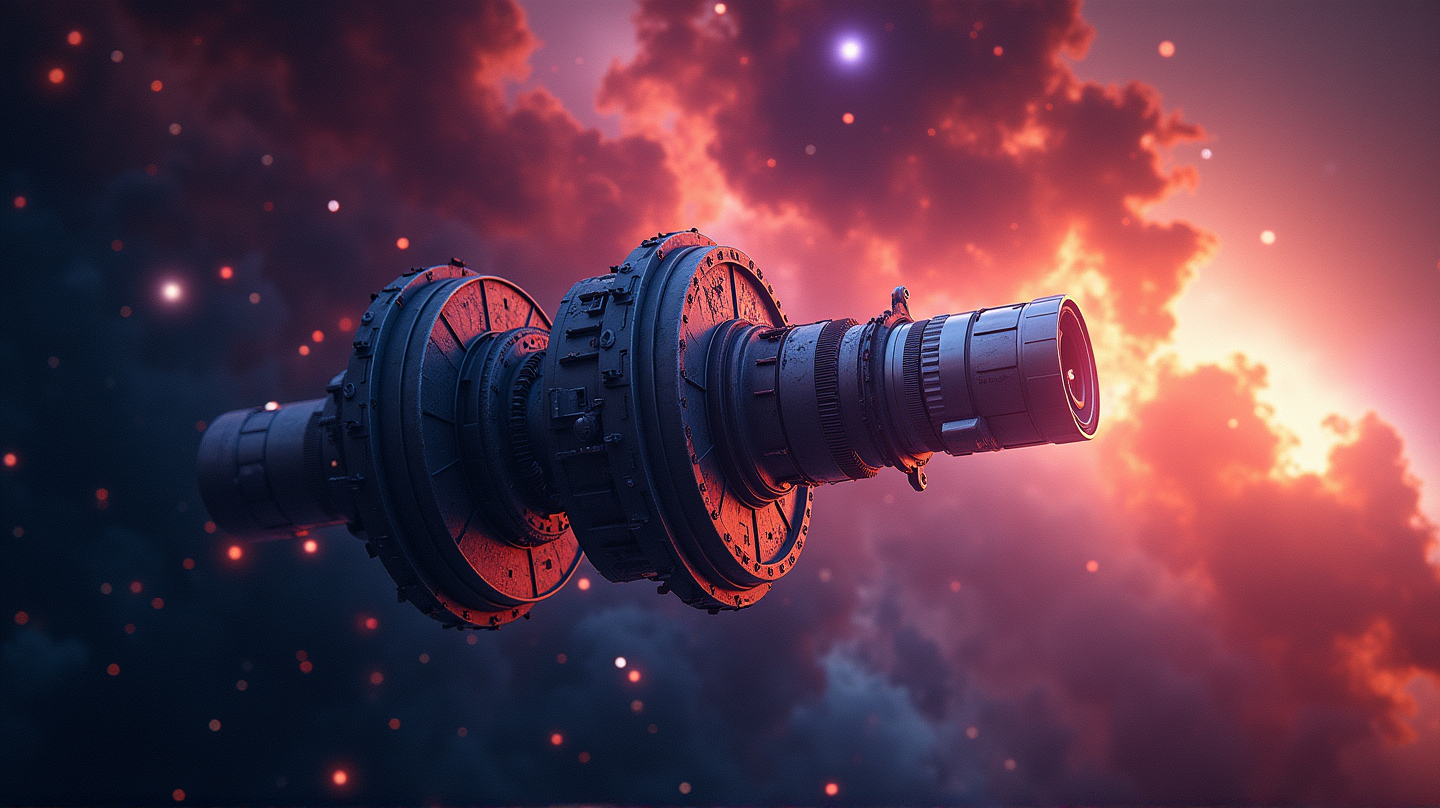NASA's SPHEREx Telescope Opens New Cosmic Visions with First Light

A New Dawn in Space Observation
NASA’s new infrared space telescope, SPHEREx, has begun its cosmic journey with the capture of its first images, revealing the universe in a new light. On April 1, NASA introduced this remarkable telescope, marking a significant milestone in the field of astronomy. According to Space.com, the telescope’s initial light images confirmed the flawless functioning of its systems. SPHEREx’s principal investigator, Jamie Bock, acclaimed the team’s success, expressing high hopes for future cosmic exploration.
Unveiling the Universe in Infrared
While the James Webb Space Telescope is already heralded for unlocking the secrets of the universe through its infrared capabilities, SPHEREx brings a different perspective. This advanced telescope is tailored to map the vast cosmic landscape, highlighting the myriad elements surrounding distant stars. Unlike the intricacies decoded by Webb’s sharp gaze, SPHEREx offers a broad-angle insight into the cosmic fabric.
The Mechanics Behind the Magic
Equipped with six advanced detectors, SPHEREx spans a comprehensive 102 bands of infrared wavelengths, a spectacular feat in astronomical observations. Each detector meticulously unveils unique aspects of the universe across 17 wavelength bands, assembling a colorful symphony of cosmic phenomena. In these test images alone, SPHEREx revealed a staggering 100,000 astronomical sources, showcasing its prowess even at its nascent stage.
The images are color-coded with visible spectrum hues, symbolizing the infrared reality sensed by SPHEREx. Longer wavelengths appear in red, while shorter ones display in purple. This intuitive design helps translate the infrared data into colors recognizable to human senses, bridging the gap between cosmic distances and earthly observation.
The Imperative of Infrared Astronomy
Infrared astronomy serves as a vital tool to uncover the universe’s ancient secrets. As space expands, the light from cosmic objects stretches, transitioning from the blue to the red of the spectrum, and into infrared domains. This stretch allows scientists to peer back in time to events only accessible through infrared vision—offering glimpses into the universe shortly after the Big Bang, 13.7 billion years ago.
Embarking on a Bold Cosmic Journey
NASA’s announcement also highlights the cooling-down process of SPHEREx’s detectors, a crucial step for accurate infrared sensing akin to how firefighters use heat signatures to detect fires. Once stabilized, SPHEREx is expected to conduct routine scientific operations starting in late April, providing an average of 600 exposures daily.
Launched on March 11 with a budget of $488 million, SPHEREx promises to be a pioneering force in unraveling cosmic mysteries. With its eyes now open, it is poised to pave new paths in our understanding of the universe.
Join the cosmic conversation and see what breathtaking discoveries await us in our continual quest to understand the stars.

